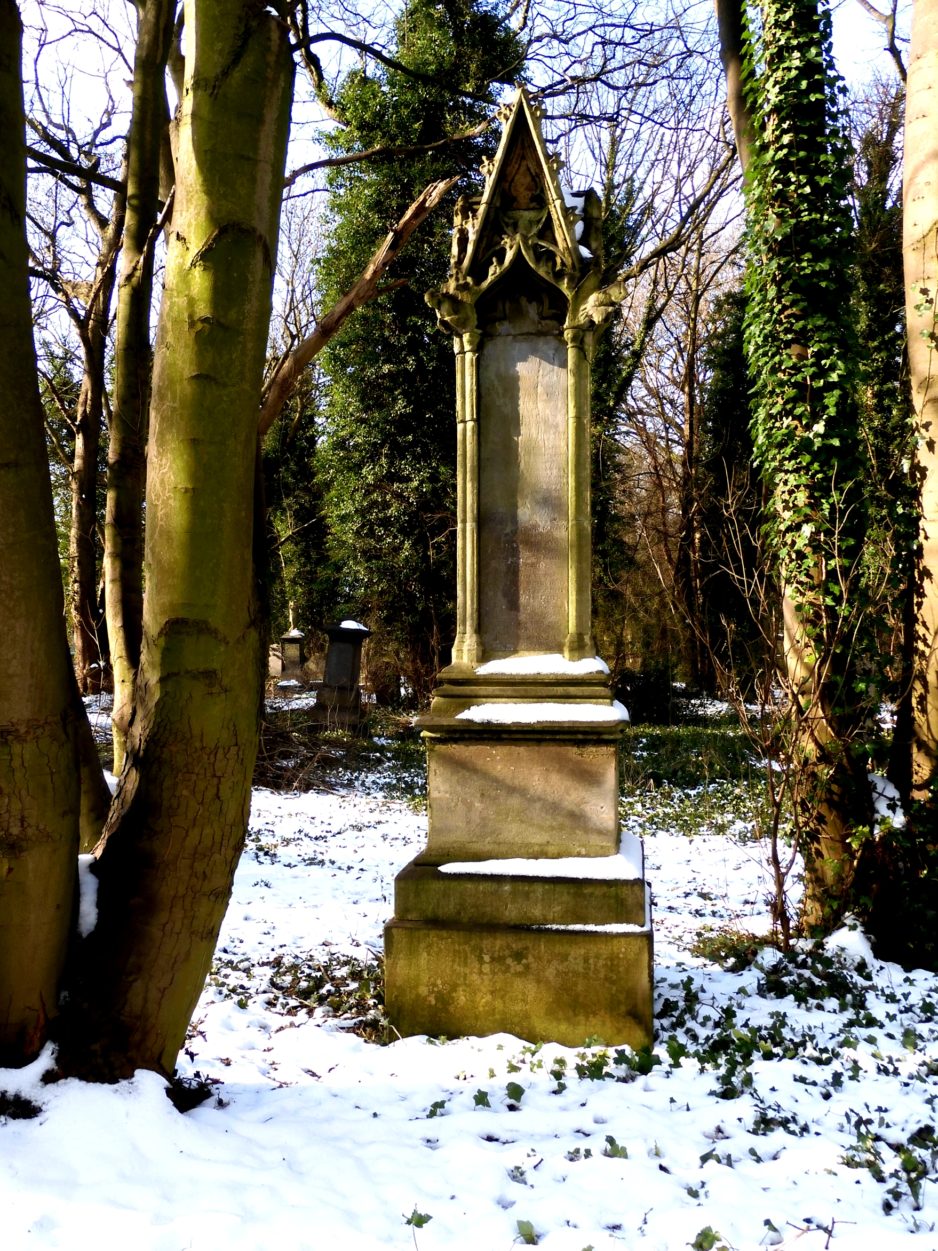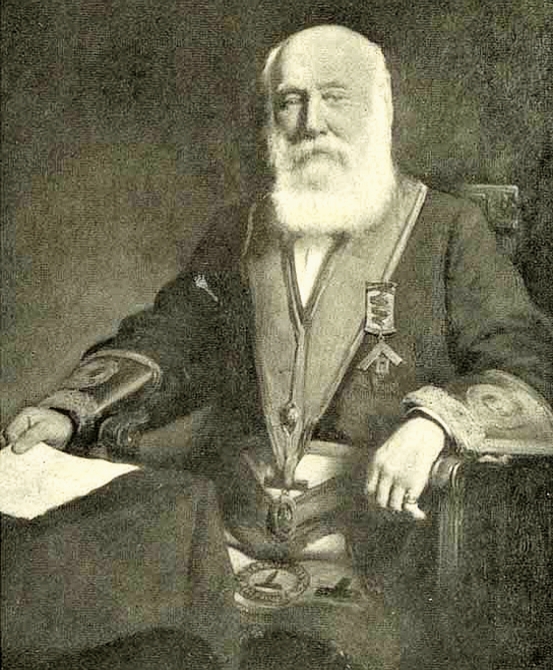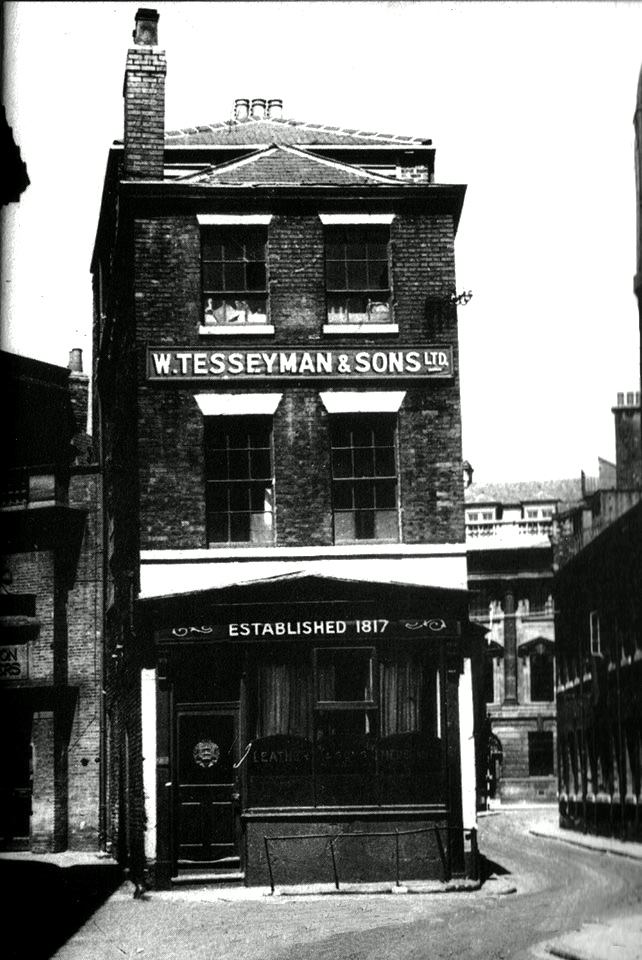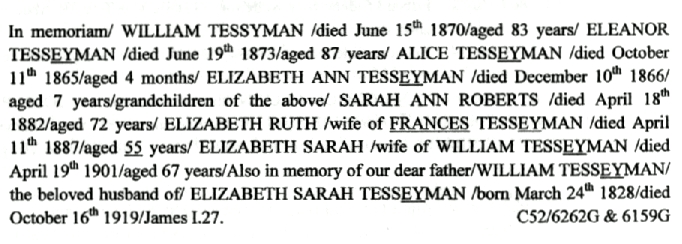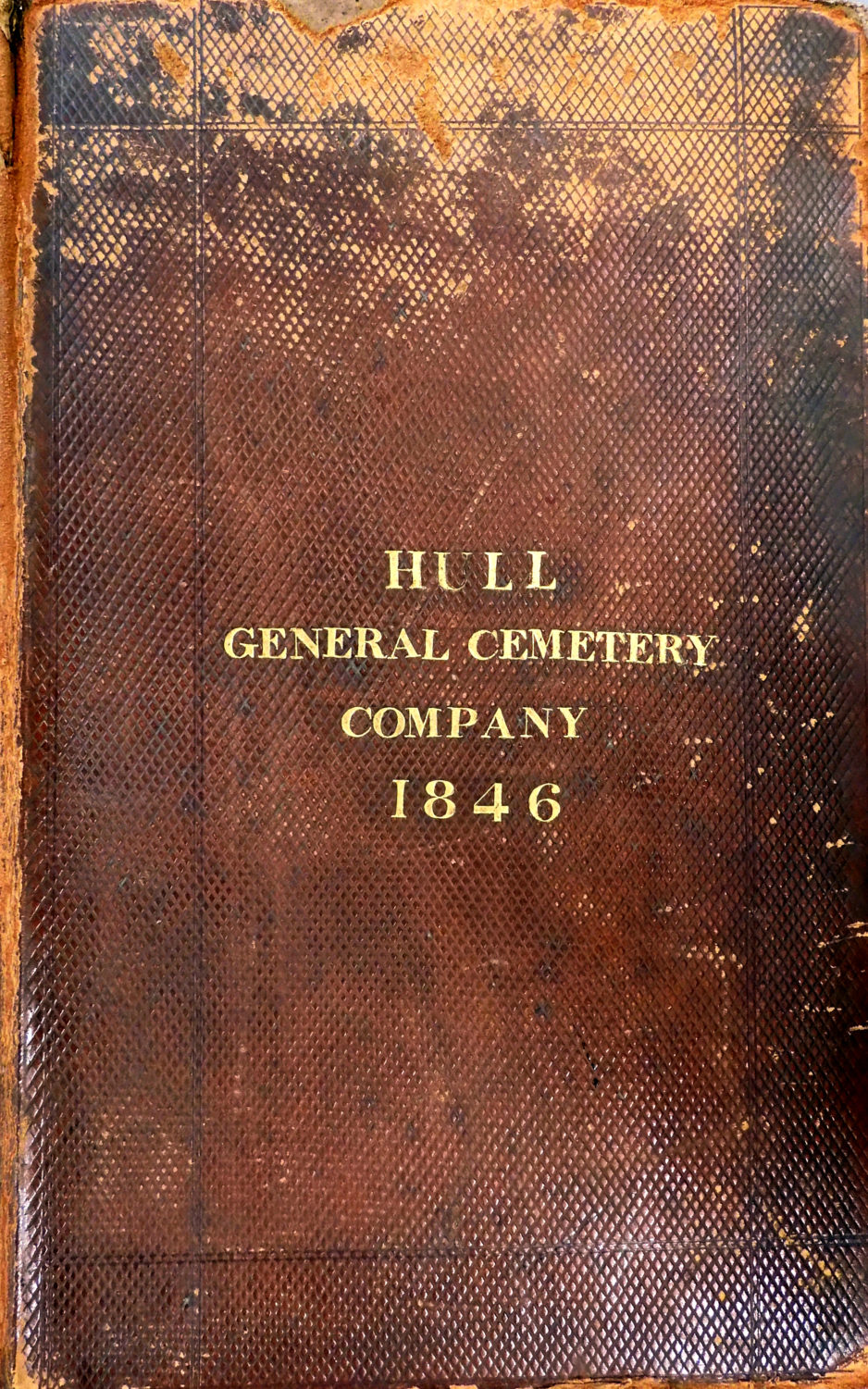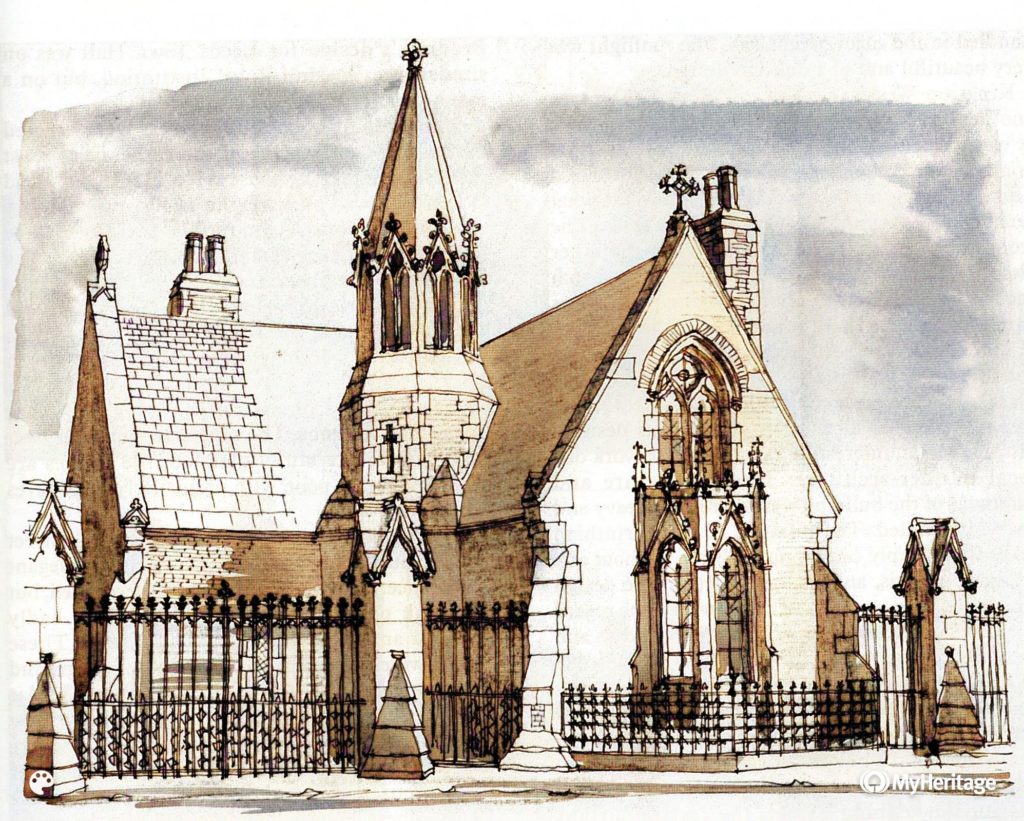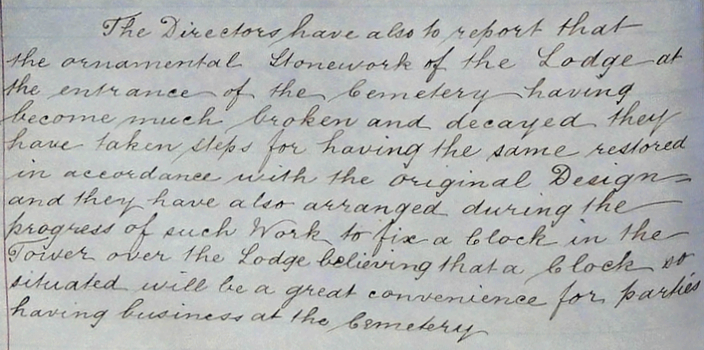Hello, Goodbye.
You may remember the Beatles singing the above song. Not perhaps one of their better songs but it perhaps sums up my position.
This piece is looking at my introduction to Hull General Cemetery, at least in a work sense, and my recent decision to step back from the Friends, and to some extent, Hull General Cemetery. In essence it means having the ability, like any good guest should have, to know when its time to leave. So, that explains the Hello, Goodbye title.
Some of this was also prompted by a recent visit from my eldest son and his family. He entered the loft with the aim of retrieving some of his older computer stuff. Whilst there he discovered some things I’d forgotten about which will feature in this article.
Cemetery work
I started to work in cemeteries in August 1974. I was 22. I’d worked in factories for since leaving school and I’d had enough. I wanted to experience pastures new. And not just metaphorically. I wanted flowers, meadow grass, trees rather than thundering machines and conveyor processes. In essence I wanted nature rather than the satanic mills.
No, you would be forgiven for scratching your head here. What bit about grave digging, apart from the obvious, and disagreeable ones, equates to nature? Why did I choose this job.
Well, in all honesty, I did not particularly want to be a gravedigger. I just wanted to work for the Parks department. My ‘good’ luck was that the only vacancy going at that time was for a grave digger. When I stood in the portacabin in what is now the Yorkshire Wildlife Trust garden in the Pearson Park yard that was the job that was offered to me.
I was asked whether I had a problem with doing this job and I said, quite naively, no. I was 22 as I said, and of course I was pretending to be grown up. I didn’t have a problem with the job probably because I didn’t think it through. And also I didn’t get the time to think it through as I was asked to turn up at Northern Cemetery the next day at 7,30 a.m.
Pay check
That was how I started as a grave digger. Here’s my Parks pay check which, back in those more innocent times, had to be shown to collect my wage packet every week. The wages were delivered to every site via a taxi. How the taxi was never robbed by some likely lads with stockings over their heads and carrying ‘shooters’ I have no idea?
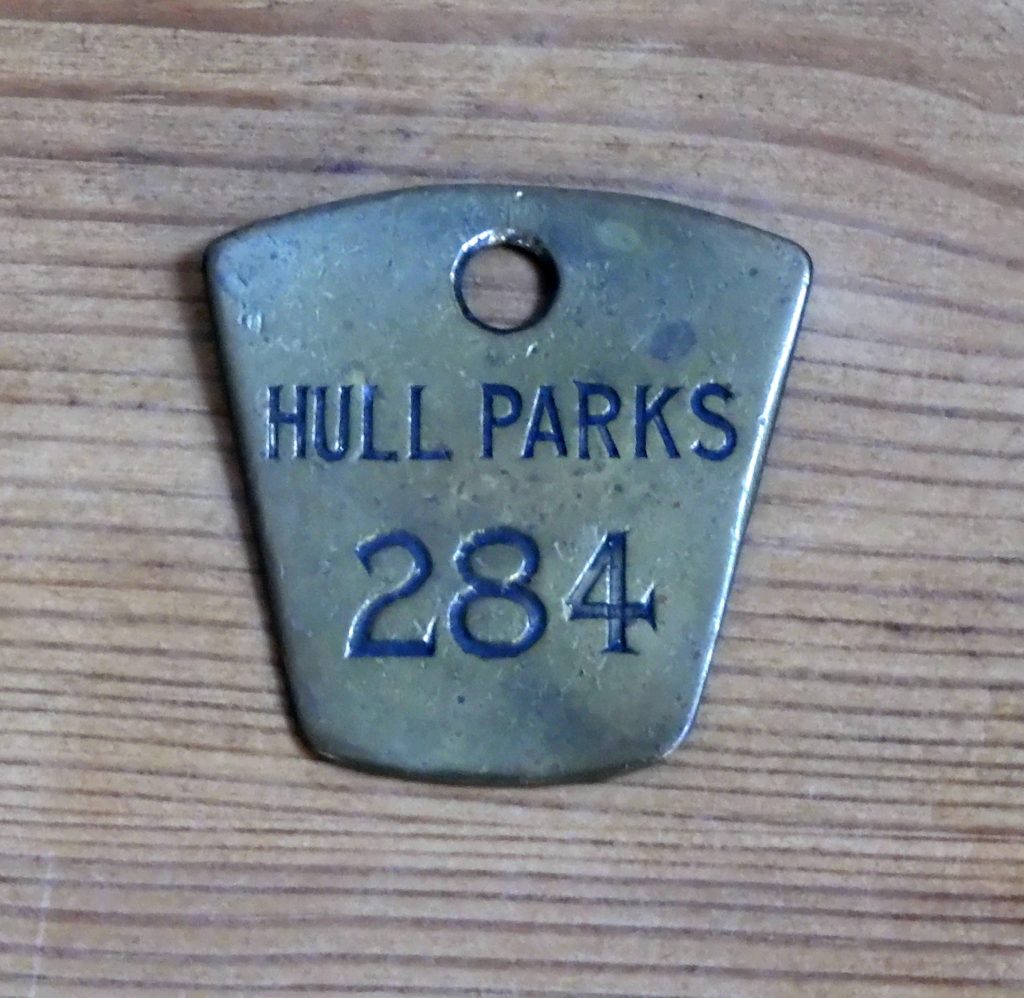
By 1979 I had worked at the job for 5 years. I was pretty good at it. I’d overcome the nasty parts of the job. You take the rough with the smooth with any job. I had access to flowers, trees, meadow grass now. On the rough side I had gained experience with some of the less pleasant aspects of nature. You don’t want to know about that and I’m not going to tell you.
Boredom
But I was getting bored. Not just with the job but I was becoming very aware that I needed more stimulation. It’s something I suffer from and it has coloured every job I have had.
By this time I had become a shop steward. Probably due to this role I was conscious of gaining some respect from colleagues and management as a ‘bright lad’. My intelligence was being called upon more and more. And I enjoyed it too. I’d been offered the role as a foreman but my socialist principles wouldn’t let me take that step.
So, to offset this boredom, I transferred to Western Cemetery in May 1979 in a straight transfer. Well, two staff went to Northern to replace me and I went to Western. I told you I was good didn’t I? And yes, I know, the sin of pride etc. But, in all honesty and humility, I was bloody good at this job.
The job at Western Cemetery was basically the same but the vista was different. Western was more historic and, as I’ve said many times, the staff’s duties at Western included HGC too at that time. On the whole the transfer enabled the historian in me to be indulged.
Leaving for university
However I was planning for a life beyond digging graves. I had experienced some trade union teaching at Hull University and elsewhere. This enabled me to do my work as a union rep better. It was my first taste of education since I had left school, when, aged 15, I’d sworn that I’d never go in a classroom again. So, this ‘mature student’ thing I’d heard of became more than a possibility. University here we come.
I gained a place and the rest is history. However my workmates at Western decided to send me on my way in style. Here’s the card they gave me on the day I left.
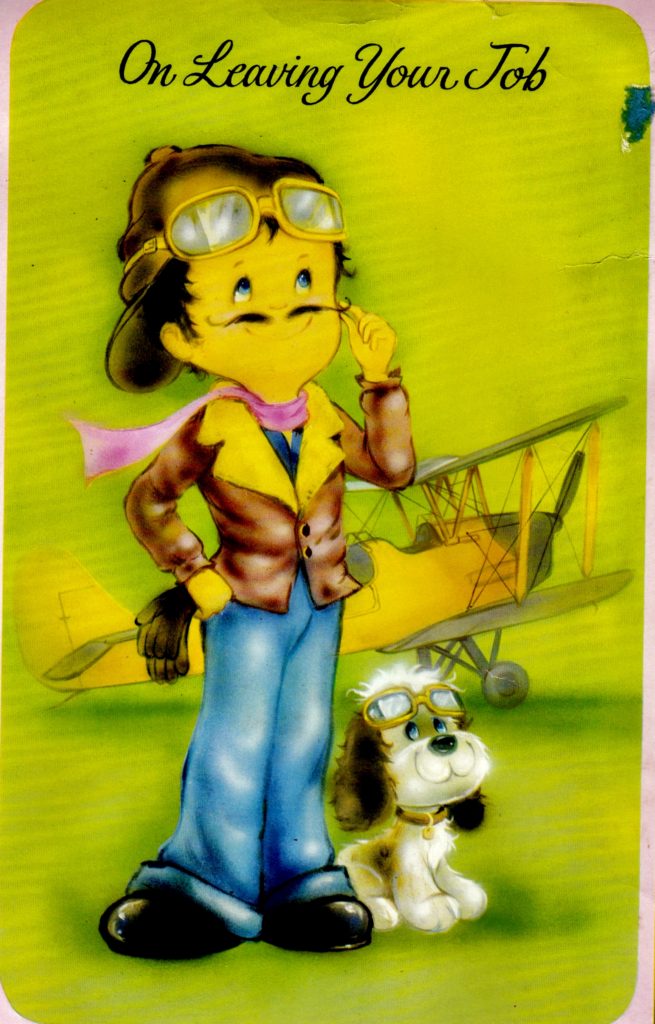
They also bought me a pen and a dictionary.
Here’s the inside of the card.

And, as you would expect from me, I thanked them and said that, as they couldn’t spell colleagues, they should perhaps keep the dictionary. I was joking of course. They’d worked with me long enough to know that.
That was in September 1981. Over 40 years ago now. Sadly, three of those colleagues are no longer with us. I attended the funeral of the third of that group in January of this year. He was laid to rest in Western Cemetery. Another of that small group I last met in the mid 1990’s and the final one I last saw the day I received the card and took my leave of them all..
Shelf life
Goodbye.
Now to today. There is a ‘shelf life’ to us all. The major one is when we are born and when we die. But even within our lives there are other points where change happens. As the example above of me leaving the parks department shows, change happens. Those people who signed the card were my day-to-day companions for more than two years. We shared trials and tribulations together as well as the good times.
Now, I have no idea where the two remaining members of that group are or whether they are still alive. In September 1981 my ‘shelf life’ for being a gravedigger had run out. It’s just a natural thing. We do it all the time. It’s called living your life..
The ghost in the machine
As the Beatles sang in their song Hello, Goodbye, ‘You say stop, I say go’. Well I intend to do both of those things.
I now feel that my ‘shelf life’ with the Friends has probably run its course. I can’t put my finger on a specific reason for this other than my instinct that I have taken my part of the FOHGC as far as I can. I feel that the baton should be passed on.
Of course I will still help where I can. I can always be called upon to support the future work of the Friends. But right now I think the Friends needs someone more dynamic to sit in this chair. Someone with both the historical and also the environmental interests of the cemetery in mind when future decisions are taken. Someone with more time and energy than I possess right now.
Helen Bovill
At a recent meeting of the Friends it was decided that Helen Bovill should take on that role. No thumbscrews were necessary. A willing volunteer is worth a hundred times a conscript. She will make an excellent chair and spokesperson for the group. I’m sure that you all will wish her success in her new role as indeed all of the members of the FOHGC do.
In terms of the website I’ll be carrying on for a little while but that too needs to be passed on to more capable hands. When that change happens is not known yet but will probably be in the summer. I’ll still send the odd article in to whoever is editing it after that, and if they think it’s good enough they might even post it.
Anyway, thanks for all the support, help and kindness shown to me over the past few years.
We’ve all come a long way. Let’s hope the path is a little clearer and gentler for all of us from now on.

Pete Lowden is a member of the Friends of Hull General Cemetery committee which is committed to reclaiming the cemetery and returning it back to a community resource.

